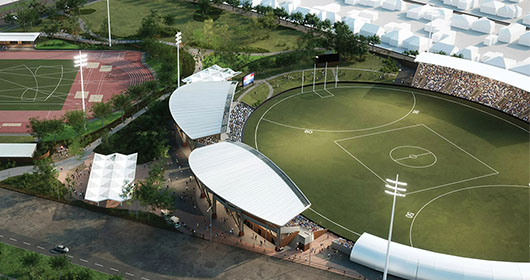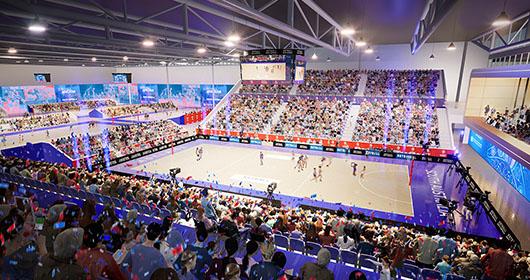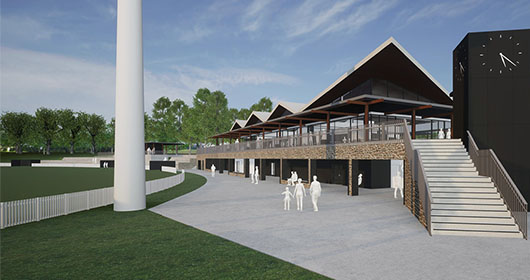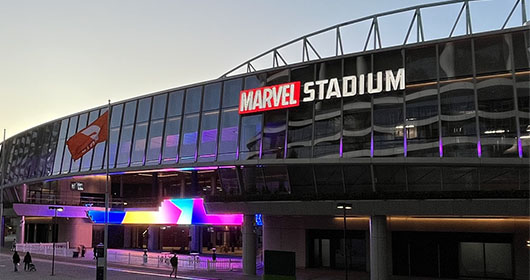Opinion: Sydney’s stadiums may have surpassed Melbourne’s

As a sports-mad Melburnian for much of my life, one who long believed that Sydney had inferior facilities in terms of its major football stadiums alone, my recent visit to Sydney has helped change my mind.
While Melburnians may cry out “what about the MCG”, my argument is based largely on the depth of Sydney quality stadiums which cater for that city’s considerable interest in the many matches generated by the different sporting codes.
Coming to Sydney in the early 1980s when watching a rugby league club match at the SCG, I was surprised that the city did not have a major rectangular stadium given the field of play was so far away from a spectator point of view (although still reasonable).
In recent decades, however, as major sporting leagues became more professional and sought to attract good crowds through better facilities at a time when live television audience revenue became more important, both cities expanded their sporting facilities via the modernisation of stadiums.
Sydney upgraded the SCG with many newer stands, built the Sydney Football Stadium (SFS) as its major rectangle stadium (40,000+) in 1988, and constructed Stadium Australia for the 2000 Olympic Games with an 82,000 capacity since 2002.
The Sydney Showgrounds venue, also built for the 2000 Olympics, has been transformed into an AFL ground for GWS (24,000 seats) and hosts Sydney Thunder in the BBL (cricket).
Melbourne rebuilt the MCG (100,000), built Docklands (55,000) as its second major AFL stadium, and constructed a 30,000 seat stadium for the rectangle codes to host soccer and rugby matches.
In terms of large oval stadiums, necessary for both AFL and cricket matches, there is no doubt that Melbourne still leads Sydney by a long way.
The MCG, Australia’s most famous stadium, holds 100,000 and can host any big sporting event, whereas the SCG has a much smaller 48,000 capacity, although both a great venues.
Similarly, Docklands dwarfs the capacity of the Sydney Showground Stadium (55,000 to 24,000), albeit Sydney could still use Stadium Australia in its oval configuration.
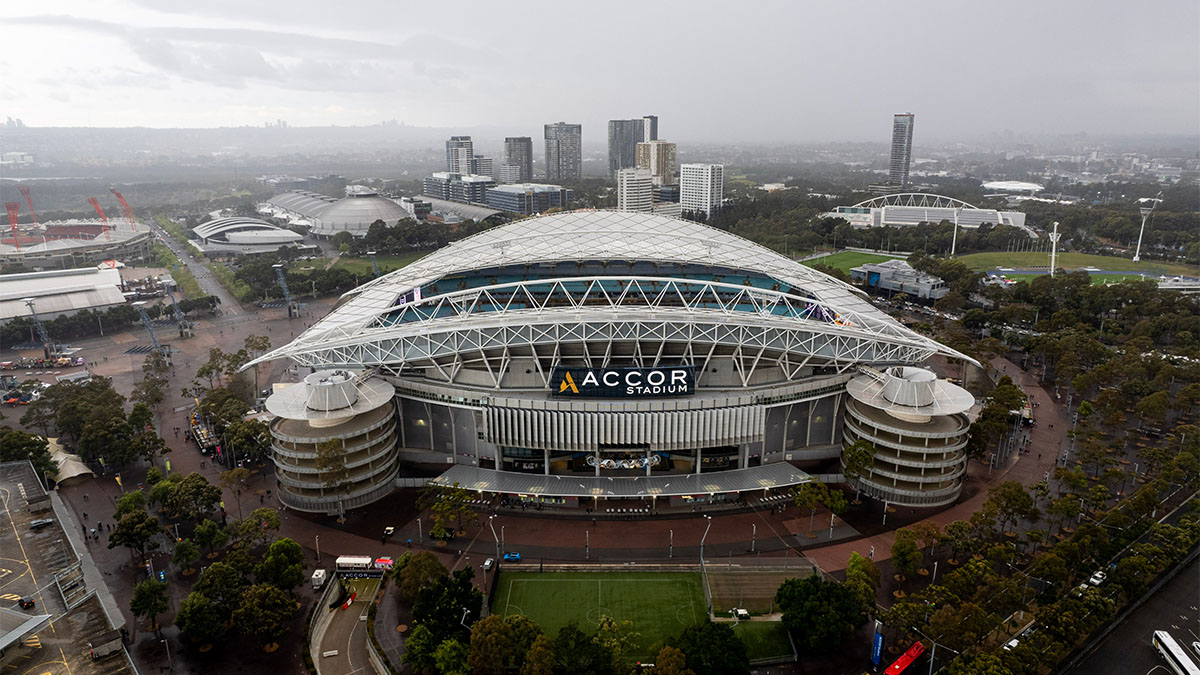
Melbourne’s two large oval grounds, both centrally located, play host to home games for all nine of Melbourne AFL teams (and occasionally Geelong).
But, if we are to talk football stadiums in this era when many Australians want to attend major sporting code events, with Sydney and Melbourne collectively having around 40 per cent of Australia’s population by 2023, we have to expand the debate to take account of the various rectangle field football codes.
When we expand the debate to include stadiums for all football codes, I argue Sydney wins hands down in terms of the number of high quality rectangle stadiums that can cater for the various club teams of different codes, as well as big finals and national team games.
While Melbourne has a 30,000-seat rectangle stadium, with only its Lakeside stadium (with athletics track) having a reasonable capacity (12,000 with 7,400 seats), Sydney’s has around a dozen rectangle stadiums with at least 17,000 capacity, most of which are used by Sydney’s NRL clubs (rugby league) and shared with other rectangle football codes.
Canterbury-Bankstown Bulldogs currently plays at Stadium Australia (82,000), Parramatta stadium (30,000), and even occasionally at Belmore Sports Ground (19,000).
Cronulla-Sutherland Sharks and the Manly Sea Eagles both have local stadiums (20,000).
Parramatta Eels plays at its new 30,000 seat venue (completed 2021), sharing the venue with the Western Sydney Wanderers (soccer).
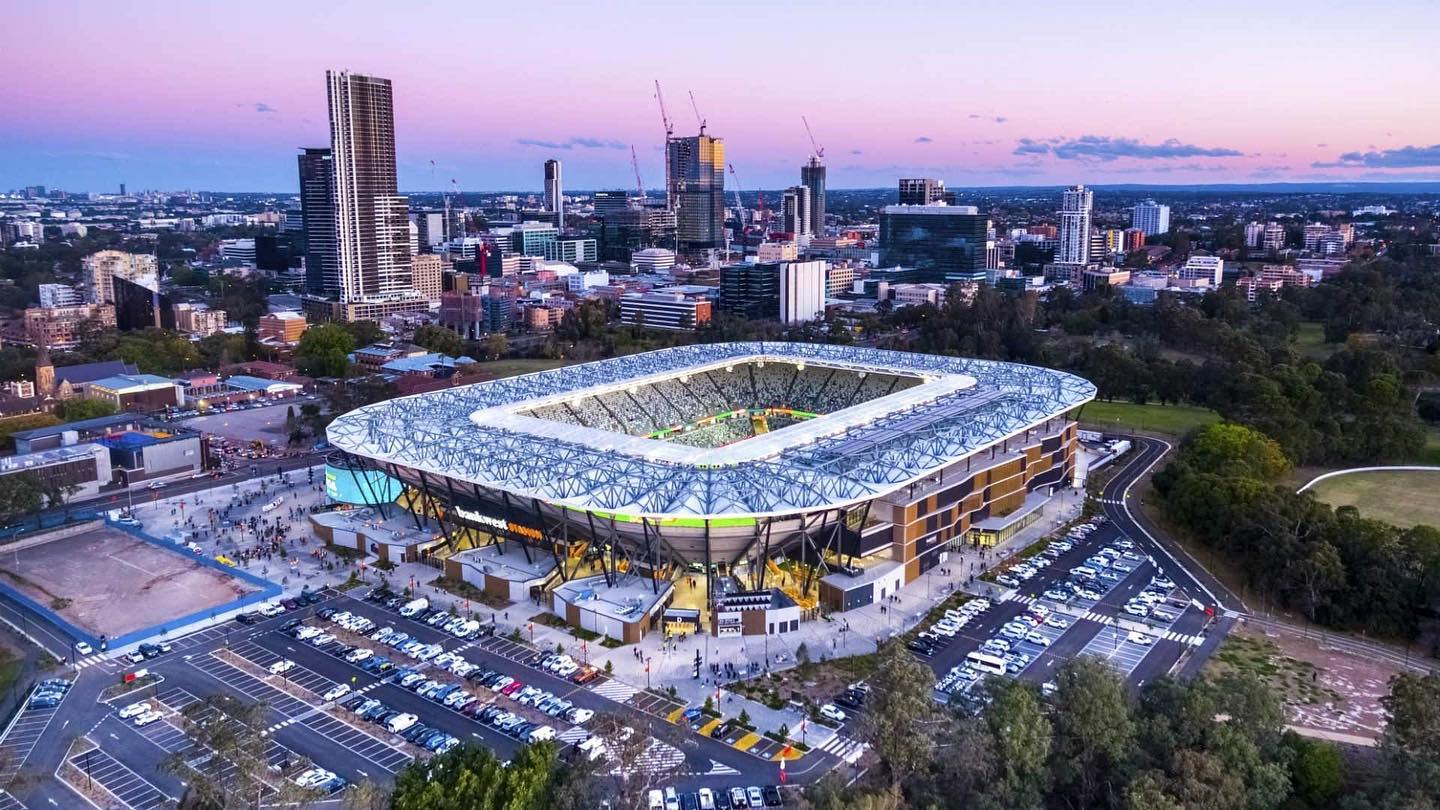
Penrith Panthers, projected to get a brand new stadium in the near future, also plays at its local stadium (22,500).
South Sydney Rabbitohs currently plays at Stadium Australia (82,000), but may move to the SFS in future years given the latter venue may be the better choice to attract more of its local fan base.
St. George Illawarra Dragons, representing two regions, plays at Jubilee Stadium (20,500) and WIN Stadium in Wollongong (22,000).
Sydney Roosters has the SFS as its home, a venue shared with Sydney FC (soccer) and the NSW Waratahs (rugby union).
Wests Tigers plays at Balmain’s Leichhardt Oval (20,000), Campbelltown Stadium (17,500) which also hosts the local A-League soccer team Macarthur FC, and Parramatta stadium (30,000).
Sydney’s northern fringes also has the Gosford stadium (20,000), used occasionally by the NRL and home to the Central Coast Mariners soccer team.
Moving beyond Sydney’s depth of rectangle stadiums, I also argue that Sydney now has the best true rectangle stadium of the two cities with the new SFS (42,000) having good views in virtually all seats, as I personally experienced at the recent Sydney versus Wellington A-League match.
From a viewing and facilities experience, I rate the SFS the best Australian stadium I have ever attended.
No longer can Sydney fans whinge about the difficulty of getting to the SFS given that trams leave from Central railway station regularly and arrive at the SFS and SCG within a few minutes (just two stops), thus going a long way to matching Melbourne whose three major football stadiums and indoor stadiums are located near its three major railway stations.
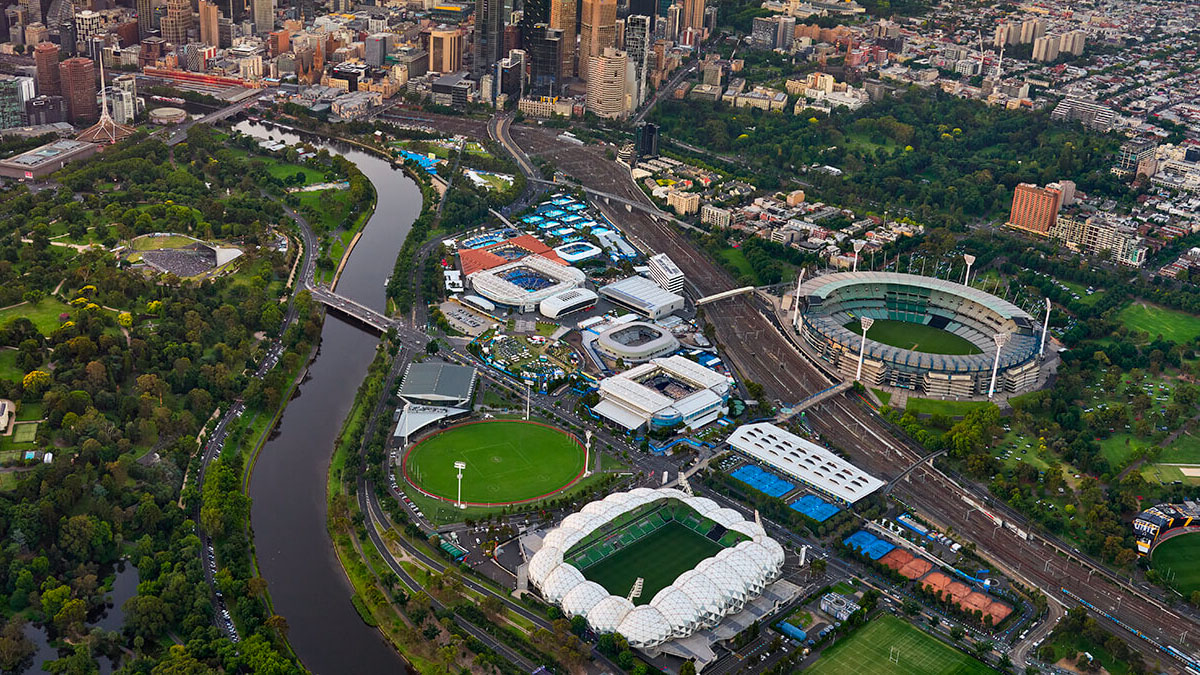
Of course, Sydney’s Olympic Park, which includes Stadium Australia and the Showgrounds football venues, remains far away for many Sydney residents.
But travelling to Sydney’s great sporting complex by public transport is hardly a chore with trains leaving Lidcombe every ten minutes and major events having regular express trains from Central railway station.
Slowly the Olympic Park sporting precinct, which I have visited many times since 2000, is building a great atmosphere with considerable food and drinking options.
Increasingly on a par with Melbourne’s two main sporting precincts (one near the city along the Yarra and the other at Albert Park), Sydney’s Olympic park includes a major indoor stadium that hosts crowds up to 17,500 for basketball matches, the Sydney Athletics stadium (13,000 capacity with 5,000 seats), a swimming complex (10,000 seat capacity for the main pool), a 10,500 seat stadium as part of the tennis complex, and a 8,000 venue (3,000 seats) within its hockey facilities.
The fact that Sydney has many good stadiums for the most popular sporting codes throughout its suburbs is another attraction for me as they support the local community in terms of patron and business options for eating and drinking, often a very important part of the fan experience before or after the game.
Visiting Parramatta last week, and observing the construction of its light rail system to soon help those not prepared to walk from the railway station, there are indeed plenty of entertainment options.
Apart from the Manly stadium, getting to most of Sydney’s stadiums by public transport is quite easy given the extensive links between bus and railway services, albeit some patrons may have to travel for much longer than others.
While some Melburnians may disagree with my conclusion, and may choose to cite data that shows that Melbourne continues to get the biggest sporting crowds by far, I contend that Sydney is now Australia’s sporting capital in terms of possessing many stadiums throughout its suburbs that are capable of meeting existing demand for the various major sporting codes in a city which has much more of a local connection.
Although there will always be some problems, as suggested by a local Sydney FC fan who told me last week that rugby union matches tearing up the turf was a major issue for the new SFS, we both agreed that only shared facilities was likely to generate such a quality stadium.
Given my recent visit, which builds upon previous observations of Sydney sporting venues since 2000 and earlier, I argue that Sydney has indeed caught up with Melbourne in terms of possessing great sporting facilities for its fans.
I look forward to many more visits to Sydney’s sporting facilities, a welcome addition to that city’s immense natural beauty.
Chris Lewis
Do you agree with this opinion article? Have your say on Austadiums Facebook >

